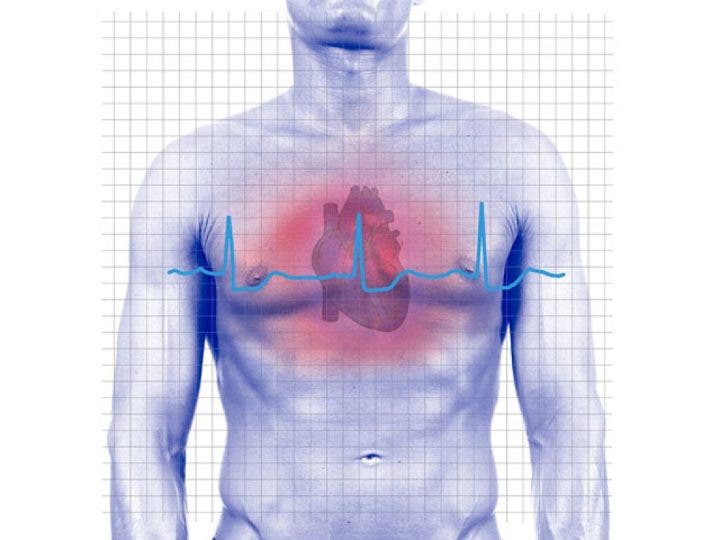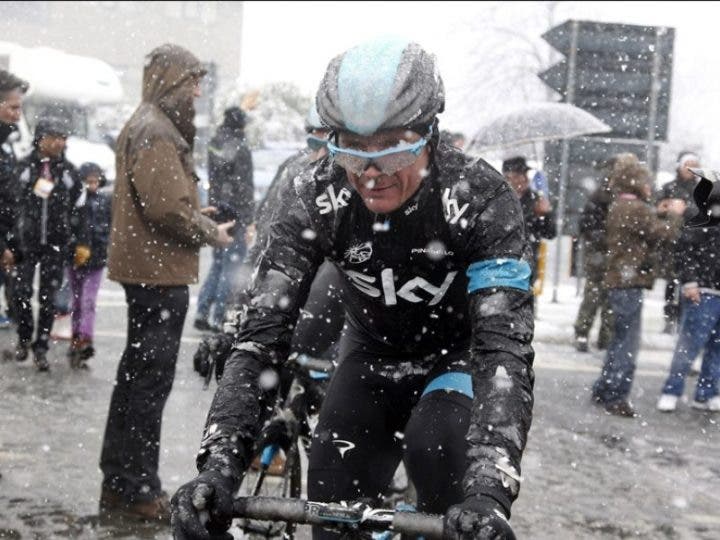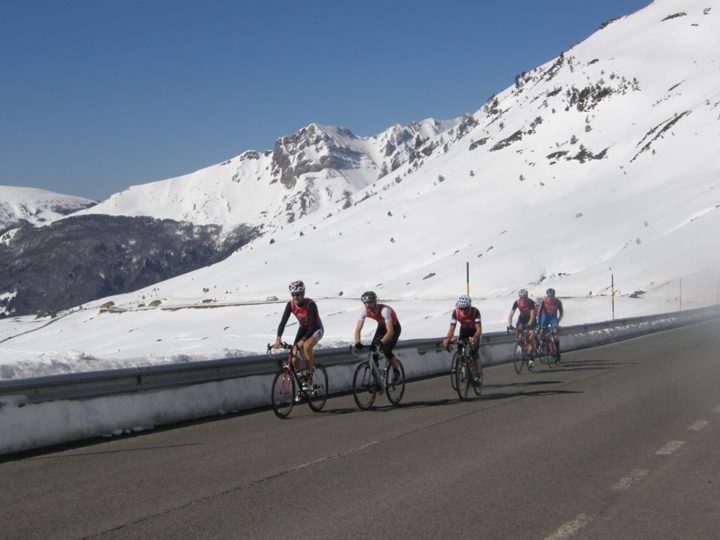We know how difficult it is to train consistently, and at that moment when you manage to be in tune with your body, your bike and your training routine , winter is here!
It is quite clear that this is a difficult time to ride a bicycle, but all is not lost. Benefits such as strengthening the heart and a considerable increase in calorie burning, will make you see this season of the year as an ally and not an enemy.
Discover what you need to be in good shape throughout the year and what you can do to prepare a training plan according to this period and achieve results just as successful as in the summer.
What do I need to be in good physical condition?
First, take a look at the items that need to be solid for fitness. These include:
- Cardiovascular fitness
- Muscular fitness
- Body composition
These are the three aspects to take into account when formulating the needs of your training plan. The best option is to concentrate on only one of them at the same time, rather than working all of them at the same time.
1. Cardiovascular fitness
These exercises are focused on the way in which your heart, lungs and circulatory system are able to deliver oxygen to the body , use it and dispose of what is not useful for the body.

A good way to measure cardiovascular fitness is how long a particular activity can be sustained at a specific intensity. For example, a time trial or threshold test with a power meter could be a good way to assess and find out your cardiovascular fitness .
2. Muscular fitness
This fitness consists of the ability of the muscles to move and apply their strength on a day-to-day basis. In the case of a cyclist , muscular fitness would focus on the ability of the lower muscles to repeatedly turn the pedals of the bicycle in an efficient way.
An analysis for cyclists would evaluate the effectiveness of the athlete in terms of muscle recruitment to which we refer.
On the other hand, strength and endurance are evaluated by the amount of sustainable energy during different periods of time. An athlete who practices running or mountain biking would be more interested in applying higher energy levels for a shorter duration, compared to the goals of a long distance time trial specialist.
3. Body composition
Body composition is the amount and location of stored fat and lean tissue in the body. Excess fat tissue will add weight, which can make it more difficult to climb hills effectively.
Also, a mass with more lean tissue will make it easier to climb hills, but would not be beneficial for cycling. Very strong arms are not as useful as strong, toned legs when riding a bike .
4 basic principles for a cycling training plan.
When it comes to training, there are four basic principles to apply:
- Specificity
- Overload
- Adaptation
- Progression
1. Specificity
Riding a bike randomly can be very enjoyable but it is not a specific training. Performance improvement (aside from overall mood, which can be a training target in itself) is unlikely if you don’t train in an objective and effective way.
If you have specific training needs in mind such as improving acceleration and speed in the short term, your training and routine should be representative of this type of activity.

On the other hand, it has been shown for some time that cyclists who want to improve their training and add a swimming routine to it, fail to improve in some aspect that fully serves their discipline. Therefore, the activity you want to perform to improve your performance must be highly related to your discipline, otherwise it will be very difficult to achieve changes that work for your needs and objectives.
2. Overload
Overload is the ability of the body to respond optimally to conditions that demand high energy demands. If you want to improve strength and endurance , there are different ways and situations that place the body at high levels of demand in order to increase and develop responsiveness.
This could include working out on a cycle ergometer , hill climbs, or resistance work in the gym emulating the activity of a cyclist. Only when sufficient levels of overload are applied does the body become stronger and be able to train for long periods without fatigue.
3. Adaptation
This is the desired result of our training. This occurs when we rest after an overload session, but repeated overloading without any breaks can result in decreased performance. During recovery or rest days , the body gets into a state where it is fitter or stronger than before.

There are many ways to alternate resistance training , you can also vary the days to do them depending on your needs and circumstances. Some people schedule a training day and a recovery day. Other athletes increase the level of overload for two days and one recovery.
Another form of training can be three days of resistance and two days of recovery. Everything will depend on your goals, there are programs that work for some people and not for others, remember that each training must be specific and personalized .
4. Progression
This involves gradually increasing the training stimulus over a period of time. Small steps are taken incrementally to an optimal level of results.
Attempting to do too much in a short time will likely result in a serious injury. It is best to gradually develop your skills, this will lead to sustainable results.
References
- Simon Kidd. The Components of a Successful Winter Training Plan for Cycling. To: breakingmuscle [Revised December 2015]

